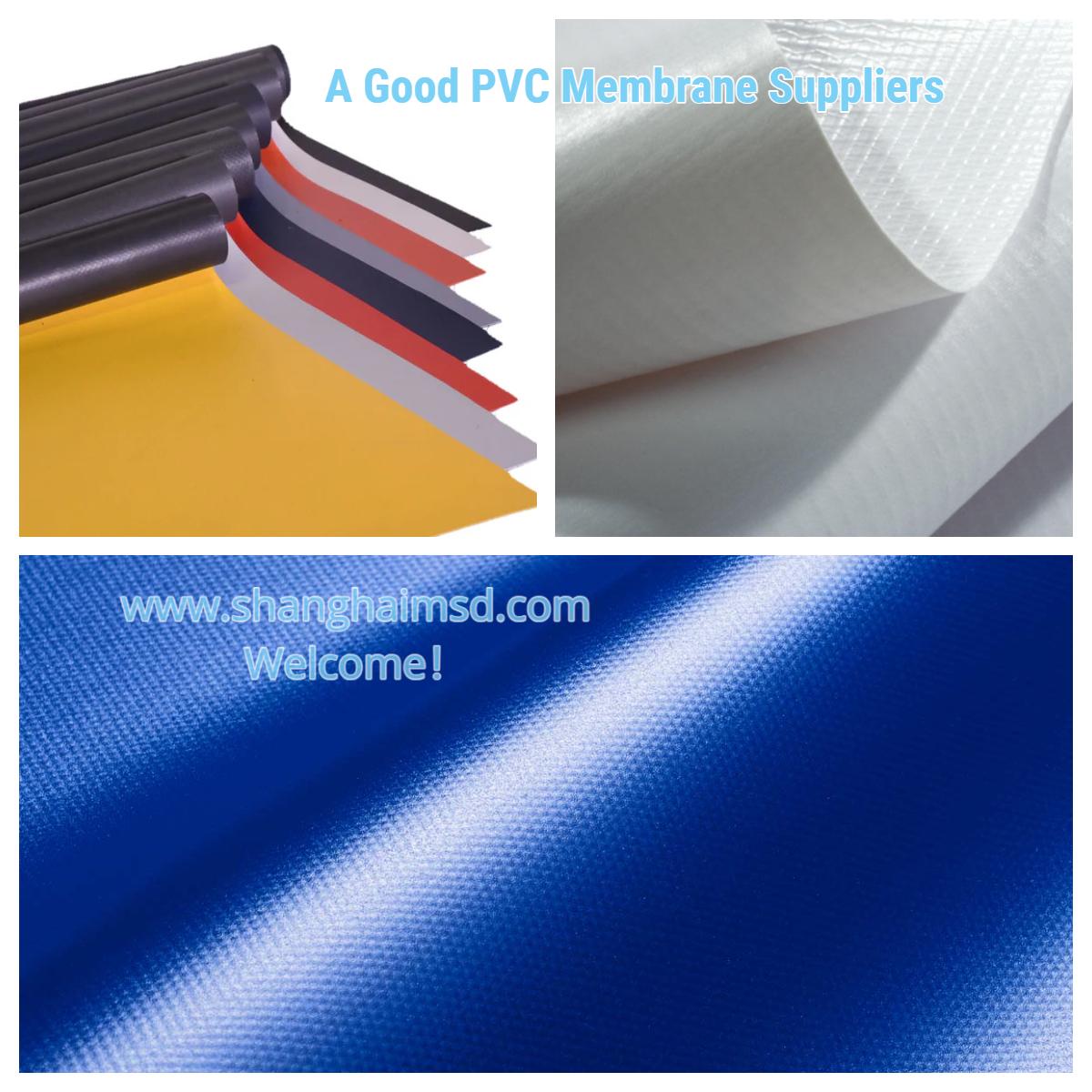In recent years, sustainability has become a pressing issue across all industries, and the marine sector is no exception. As demand grows for recreational and professional watercraft, manufacturers are under pressure to find greener alternatives to traditional materials. One central point of debate is the role of PVC Inflatable Boat Fabric , a widely used material known for its strength and water resistance but also criticized for its environmental drawbacks. This article explores whether the industry is moving toward more sustainable solutions, and how manufacturers are adapting to growing environmental concerns.
The Environmental Challenges of Traditional PVC
Polyvinyl chloride (PVC) has long been favored in inflatable boat construction for its durability, affordability, and flexibility. However, the production and disposal of PVC raise several environmental concerns. The material is derived from petroleum and chlorine, both of which contribute to pollution during processing. Furthermore, PVC is not naturally biodegradable and can persist in landfills for decades. The addition of plasticizers and stabilizers to make the fabric flexible often involves chemicals that are hazardous to both human health and the environment.
Despite these drawbacks, PVC remains prevalent in the inflatable boat industry due to its performance advantages. However, as environmental awareness increases, the industry is now evaluating how PVC can evolve into a more sustainable option.
Advances in Eco-Friendly Boat Fabrics
The shift toward eco-friendly boat fabrics has given rise to innovations aimed at reducing the environmental impact of PVC-based materials. One such advancement is the development of phthalate-free PVC formulations, which avoid harmful plasticizers while maintaining the desired flexibility and strength. These newer PVC types emit fewer volatile organic compounds (VOCs) during manufacturing and are generally safer for users and the environment.
Additionally, several manufacturers are exploring recyclable PVC composites. These fabrics are designed with fewer additives and can be more easily separated and reprocessed at the end of their life cycle. While full circular recycling of PVC inflatable boat fabric remains a challenge, steps are being taken to improve recovery and reusability.
Another notable trend is the integration of bio-based additives into PVC formulations. These additives replace petroleum-based components, slightly reducing the carbon footprint of the material. Although these methods don't eliminate all environmental concerns, they mark incremental improvements in how PVC is used and managed.
Green Manufacturing Practices
Beyond the material itself, sustainable PVC fabrics depend heavily on cleaner manufacturing methods. Many companies are adopting energy-efficient machinery, closed-loop water systems, and reduced-emission processes to lower the ecological impact of fabric production. Some factories are even powered by renewable energy sources, signaling a broader commitment to green production standards.
Certifications such as REACH compliance and ISO 14001 environmental management are also becoming common among manufacturers aiming to align with international environmental expectations. These measures ensure not only regulatory adherence but also provide transparency and assurance for environmentally conscious buyers.
Balancing Performance and Sustainability
One of the key challenges in replacing or reformulating PVC is maintaining the performance standards required for inflatable boats. These boats must resist punctures, UV damage, and long-term exposure to moisture, making material strength non-negotiable. So far, few alternatives match the full spectrum of benefits that PVC offers at a similar cost, which is why innovation is focused on making PVC more sustainable, rather than eliminating it outright.
Hybrid approaches—such as blending PVC with other polymers or applying environmentally friendly surface treatments—have shown promise. These methods aim to extend fabric life while reducing environmental harm.
The Outlook for Eco-Conscious Buyers
For consumers and procurement specialists, the sustainability of PVC Inflatable Boat Fabric is becoming a factor in purchasing decisions. Asking suppliers about their material sources, certifications, and recycling programs is a good first step. Opting for products labeled as “phthalate-free,” “recyclable,” or “low-VOC” reflects growing demand for greener choices.
Though the journey toward sustainable inflatable boat materials is far from over, the industry is taking measurable steps in the right direction. As innovation continues and environmental standards tighten globally, PVC-based fabrics are likely to become cleaner, safer, and more circular in the years to come. For more information on sustainable inflatable boat fabric options and green marine materials, visit shanghaimsd.com .




